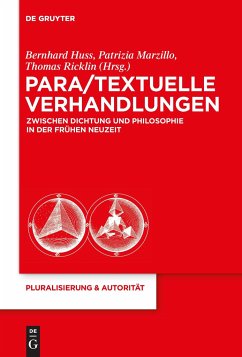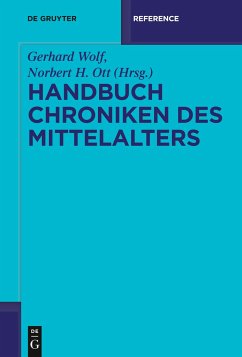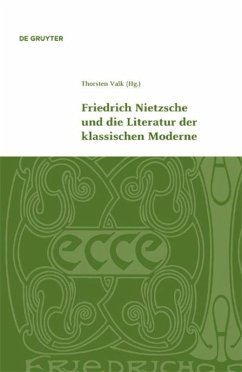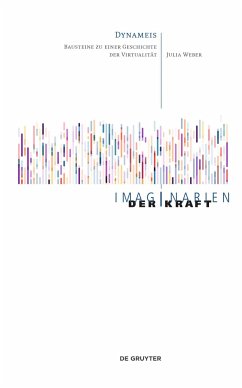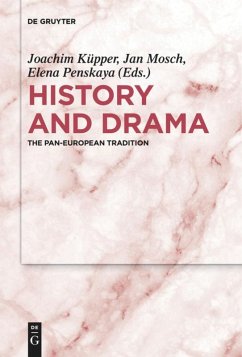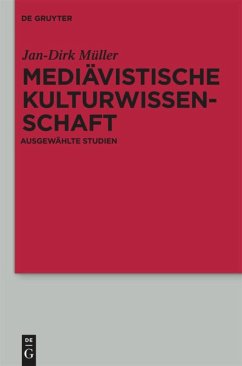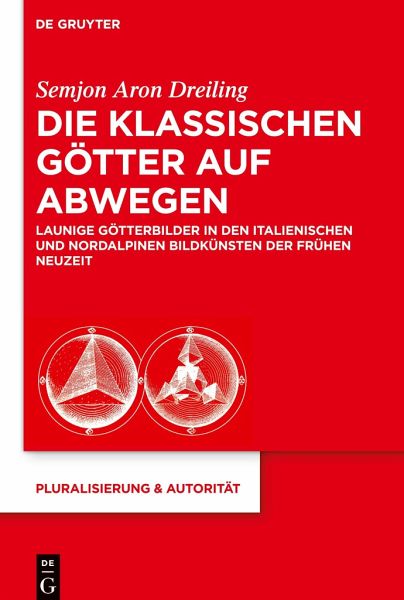
Die klassischen Götter auf Abwegen
Launige Götterbilder in den italienischen und nordalpinen Bildkünsten der Frühen Neuzeit
Versandkostenfrei!
Versandfertig in 1-2 Wochen
139,95 €
inkl. MwSt.
Weitere Ausgaben:

PAYBACK Punkte
0 °P sammeln!
The textual and pictorial reception of classical myths in the early modern period reflected a range of different interpretive patterns and visual traditions, and evoked a counter-reaction in the form of novel comic adaptations of myth. For the first time, the study puts these "witty” images of the Gods in Italian and Northern Alpine visual arts in a broader motivational context within the discourse of literary and art theory.
Die frühneuzeitliche Rezeption klassischer Mythen in Text und Bild beförderte nicht nur eine Vielzahl von Deutungsmustern und Bildtraditionen, sondern provozierte zugleich bildliche und literarische Gegenreaktionen in Form neuartiger und komischer Mythenadaptionen. Der Witz dieser ikonographischen Verfremdungen hinterfragt sowohl die durch den Mythos vermittelten Sinngehalte als auch die aus der Antike herstammenden Verfahren der Mythenallegorese sowie die den antiken Vorbildern zugemessene Autorität.
Die Studie kontextualisiert erstmals "launige" Götterbilder aus der italienischen und nordalpinen Profanmalerei und Druckgraphik im Rahmen größerer Motivkomplexe sowie dichtungs- und kunsttheoretischer Diskurse.
Die Studie kontextualisiert erstmals "launige" Götterbilder aus der italienischen und nordalpinen Profanmalerei und Druckgraphik im Rahmen größerer Motivkomplexe sowie dichtungs- und kunsttheoretischer Diskurse.





